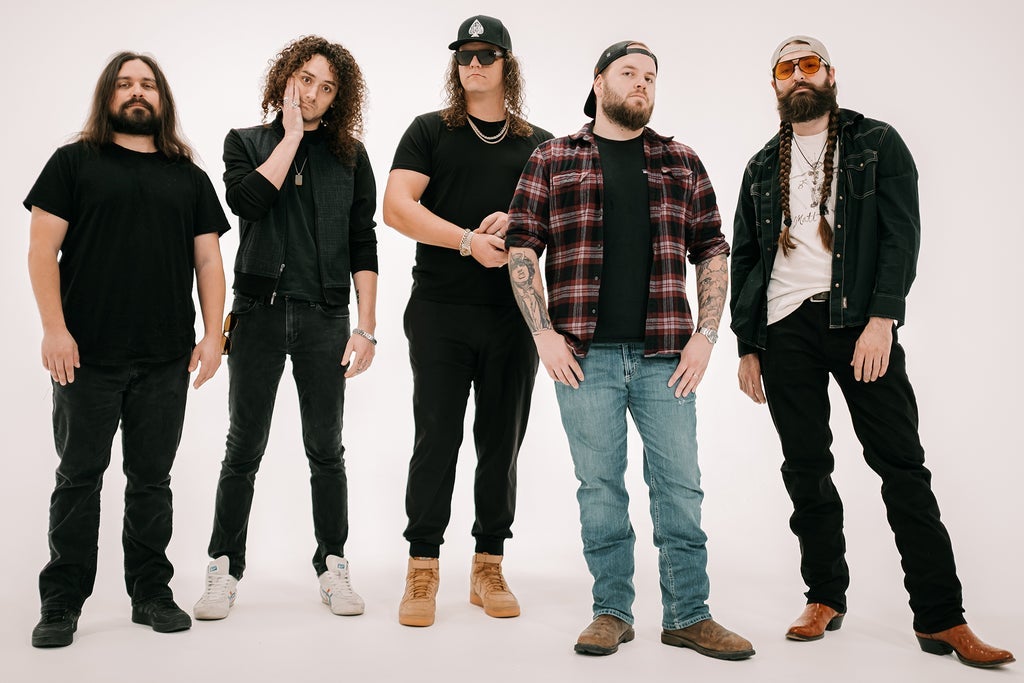Fruit Bats
Esther Rose

Event Info
Brooklyn Bowl Nashville
925 3rd Avenue North
Nashville, Tennessee 37201
This event is 18+, unless accompanied by a parent or legal guardian. Valid government-issued photo ID is required for entry. No refunds will be issued for failure to produce proper identification.
This ticket is valid for standing room only, general admission. ADA accommodations are available day of show.
All support acts are subject to change without notice.
Any change in showtimes, safety protocols, and other important information will be relayed to ticket-buyers via email.
Want to have the total VIP experience? Upgrade your ticket today by reserving a bowling lane or VIP Box by reaching out to nashvilleevents@brooklynbowl.com
ALL SALES ARE FINAL
Artist Info
Fruit Bats
Esther Rose
Everything clicks on Safe to Run, the fourth album from singer, songwriter and perpetual searcher Esther Rose. It’s the quiet culmination of years spent fully immersed in a developing artistry, and presents Rose’s always vividly detailed emotional scenes with new levels of clarity and control. As with previous work, her songwriting transfigures the chaos and uncertainty of a life in progress, but here she sharpens the pop elements and attaches unshakably catchy hooks to even the darkest stretches of the journey.
After spending her formative years in Michigan, Rose relocated to New Orleans and got her start in music there while awash in the unparalleled energy of the city’s scene. Over the course of her first three records, an infatuation with traditional country gradually evolved into a more distinctive style and increasingly personal material. Rose’s music traced her changes as she moved through stages, studios, and home addresses, and she eventually left NOLA for New Mexico where the two year writing process for Safe to Run unfolded. Making the transition to this new environment after spending the better part of a decade building a life somewhere else demanded looking around and taking stock. All the heaviness, sweetness, levity, and self-discovery that had led up to that point began funneling into new songs that moved slower in order to dig deeper, taking on the intricate hues of a desert horizon as they came together.
Making the leap from the comfortable to the unknown defines every aspect of Safe to Run. Since she started writing songs, Rose has self-imposed some strategic challenges in order to keep things interesting. A longstanding rule to never recycle chord progressions remained in place, as did a newer intention of avoiding the temptation to write another heartbreak song. Applying limitations like these allowed the album’s expressive range to become more nuanced. Rose takes an unblinking look at her own vulnerabilities as well as more universal concerns, somehow never taking herself too seriously in the process. This manifests as a critique of the insidious sexism of the music industry on “Dream Girl,” but quickly melts into a hazy memoryscape of the dive bar drama and suspended hovering of her early 20s on “Chet Baker.” The song “Safe to Run” (a gorgeous duet with Hurray for the Riff Raff’s Alynda Segarra) directly merges the personal with the global, superimposing feelings of spiritual displacement onto the larger, looming dread of climate grief. Rose breathes in the ecstasy of the natural world in one line and makes fun of herself a few bars later. There are ghosts in the room for most of her songs, but she’s invited them in and is cracking jokes with them over a drink or two.
The album’s production takes another giant step forward, again motivated by a drive to go somewhere new. Lyle Werner, a constant presence on Esther’s albums, again adds his rust-colored fiddle to “St. Francis Waltz” and the gentle country sway of “Spider” also offers faint echoes of the twangy glow of earlier material, but there's new experimentation with arrangements and instrumentation. Long-time collaborator Ross Farbe went from acting as a co-producer on 2021’s How Many Times to a full on producer role here, adding understated synthesizers to accentuate melodic presence and atmospheric textures to cast a deeper vibe. The bridging from past to present was further embodied by the cast of players, with Rose bringing in New Orleans group Silver Synthetic as a backing band on some tunes, and working with her new bandmates-- Taoseño's Lonnie Leary on drums and Meredith Stoner on bass--- on others. Across all of the tracks, the open-air, live-in-the-room sound she tended towards in the past was paired with a heightened exploration of multitracking and overdubs. The album is a network of meticulously balanced layers that whisper secrets instead of shouting declarations. Listening closely you’ll hear nods to Elliott Smith in the close-miced vocal doubling of “Stay,” dreamy drum machine guiding the steady hop of “Levee Song,” and a Mellotron tossing even more glitter into the already sparkling pop of “Insecure.”
Ultimately all of these new advancements become twinkles of light in the background as they fold into the big picture impact of the songs themselves. With grace, subtlety, and a knowing grin, Esther Rose translates her world into eleven curious and captivating scenes. While the songs are stunning one by one, absorbing Safe to Run as a whole feels like witnessing something taking shape, experiencing the headspins of the elevation and the slow return to equilibrium as the clouds start clearing. It’s the sound of a singular voice reaching its purest form, finally emerging.












